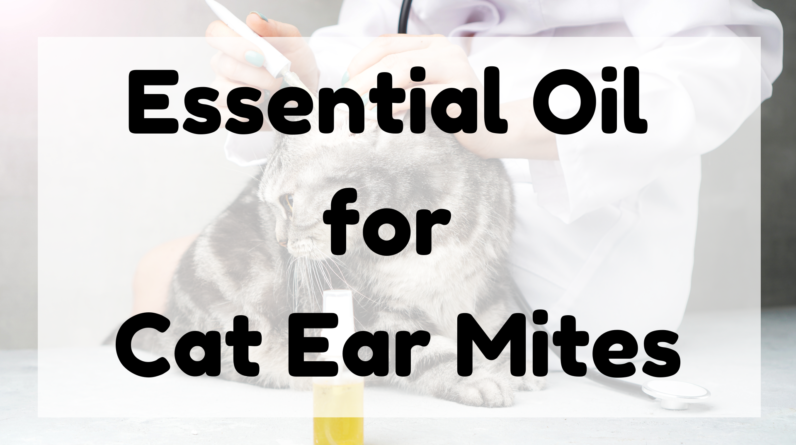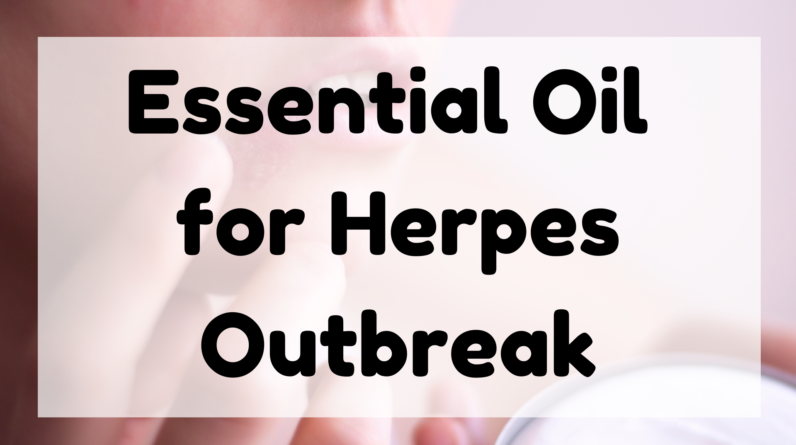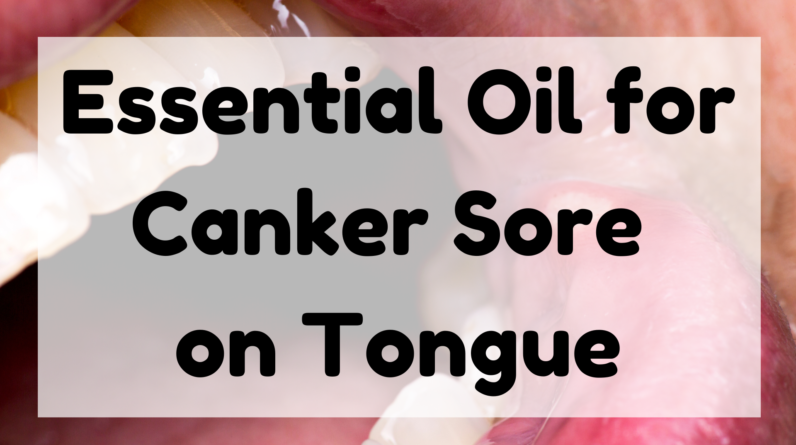Jump Ahead to:
What is the Best Essential Oil For Lipoma?
What are Essential Oils? And what’s the best Essential Oil for Lipoma?
We’ll cover the properties of each essential oil and the cause of this painful skin rash.
You’ll also learn how to apply essential oil to your skin and what not to do.
Read on to discover some tips and tricks to help you find the best Essential Oil for Lipoma.
We’ll also discuss the causes of Lipoma and which oil is best for this condition.
What are Essential Oils
Several natural essential oils can be used to treat lipoma.
Patchouli is probably the most common and famous essential oil for this purpose.
This aromatherapy oil is derived from the herb Pogostemon cablin, native to Asia.
Other aromatic herbs in the Labiatae family include lavender, mint, and sage.
Because of its soothing, fast-absorbing properties, patchouli can be used in a carrier oil to help alleviate symptoms.
Lipomas are tumors made of fatty tissue that grow slowly over months and years.
They can occur on any part of the body, although they are most commonly found on the armpits, neck, and trunk.
Lipomas are usually harmless and can be surgically removed, but they often reappear in the same location.
Essential oils may help reduce the size of lipomas by acting as a natural cure.
Some natural remedies for lipomas contain sage oil.
It is a very effective treatment for lipomas, as it has a high affinity for fat cells.
However, too much sage oil may harm the body.
Grapefruit essential oil is another natural remedy for lipomas.
Grapefruit essential oil is extracted from the fruit’s peel and contains limonene.
Grapefruit essential oil contains limonene, a powerful anti-inflammatory.
Properties of Essential Oils
A client recently presented to me with a problem.
She was suffering from lipomas on her arms, which are benign but uncomfortable.
Although lipomas can be surgically removed, they often return to the same location.
Essential oils are an effective way to treat this problem. Here are some oils with anti-inflammatory properties:
Sage: This oil is a derivative of the dried leaves of the Salvia species.
It is also used to treat inflammation and pain. It is useful against viral and bacterial infections.
Sage can also dissolve lipomas, a condition associated with a high risk of recurrence.
Salvia oil is another natural remedy for lipomas. This oil can dissolve the tumor and shrink it.
This is a promising way to treat lipomas without invasive surgery.
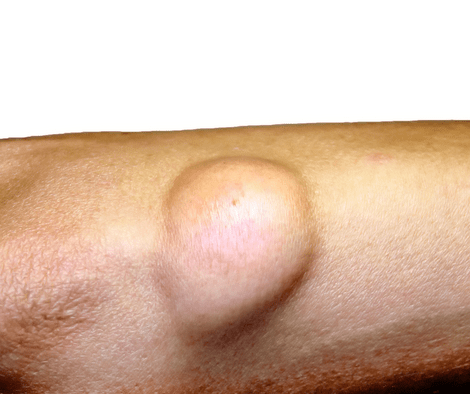
Green tea is another important ingredient in lipomas remedies.
It has antioxidant properties that regulate blood glucose and fatty tissue beneath the skin.
Green tea also helps reduce fats under the skin and is a good base for an herbal ointment.
You should mix these oils with carrier oils such as almond, coconut, or castor.
Generally, home remedies for lipomas work slowly and require patience.
Using these oils regularly for a month is recommended.
For lipoma treatment, the oil of sage has many benefits.
It has an affinity with fat cells in the body, and therefore, when applied to the affected area, it dissolves them.
It stimulates cell renewal, improves blood circulation, and helps the body maintain its homeostatic balance.
It also reduces cellulite and flushes toxins. To treat lipoma, you should use this oil twice a day.
Cause of Lipoma
A common question about lipoma lumps is what causes them.
This cancer of the fatty tissues is rare and does not have a known cause.
It tends to run in families and may be inherited.
People with certain disorders and obesity are at an increased risk of developing this condition.
Fortunately, lipomas are rarely dangerous and rarely require treatment.
However, if you suspect that you may have one of these growths, you should visit your doctor.
A lipoma is a non-cancerous, slow-growing growth of fat in the skin’s upper layer.
It can develop at any age but is often diagnosed during middle age.
They can occur in any part of the body but are most common on the neck, shoulders, buttocks, arms, and thighs.
While they may be uncomfortable, they are usually not cancerous.
The best course of action is to visit a doctor if they appear in a painful location or if they grow rapidly.
A doctor will likely perform a physical exam to determine whether you have a lipoma or another type of cancer.
A biopsy is sometimes required to rule out a more serious condition called liposarcoma.
The latter is cancerous and requires further tests to determine whether the growth is benign or malignant.
Fortunately, if the lump is located in a fatty area, it is usually a lipoma.
If your doctor suspects that you have lipoma, the best course of treatment is to remove it surgically.
Lipomas are benign, so you may not need treatment unless it grows or starts to cause discomfort.
Surgical removal of lipomas is the most common form of liposuction, which removes the lump through a suction tube.
This surgery can leave a small scar, which heals on its own.
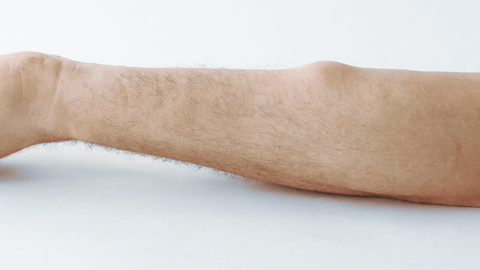
Surgery to remove a lipoma requires a three to four-millimeter incision.
A curette is used to free the lipoma from surrounding tissue.
A pressure dressing may be applied to minimize bleeding during the procedure.
However, larger lipomas are removed surgically by incisions in the skin overlying them.
The surgeon will then perform a dissection beneath the subcutaneous fat.
The doctor may remove the tumor using lipoma removal surgery under general anesthesia if the tumor is large.
Best Essential Oil for Lipoma
The Best Essential Oil for Lipoma is a blend of several essential oils, including tea tree, frankincense, grapefruit, and sage.
These are known for their soothing and healing properties, but you need to be careful to clean the area properly after applying them.
To make sure that you get the best results, apply these oils at bedtime and then wash them off the following morning.
To make a lipoma essential oil blend, simply mix several drops of each oil into one tablespoon of pure coconut oil or olive or almond oil.
Ginger essential oil is extracted from the root of ginger and is a typical answer for edema and lymphatic seepage.
Ginger is helpful for blood circulation and is known to be sensitive to sunlight.
It’s best to dilute the ginger essential oil in a carrier oil such as almond or olive oil.
It also has a pleasant aroma when diluted with another essential oil.
Lemon oil is another essential oil to use on your lipoma.
Lemon oil can soothe inflammation and reduce the pain associated with the condition.
It is also an effective anti-inflammatory.
If you suffer from a lipoma, you should consider using this essential oil to help ease the symptoms.
If the condition is more serious, you can combine grapefruit essential oil with jojoba oil to reduce swelling and pain.
If you’re using a carrier oil for grapefruit, you can use a lower concentration.
Turmeric is another good option for lipomas.
Turmeric is known to reduce fat accumulation under the skin, so it’s worth blending it with coconut oil and castor oil for maximum effect.
A turmeric is also an excellent option because it contains curcumin, which can help reduce the size of lipomas.
Apply a turmeric cover to your lipoma once a day to get relief.
Be sure to use a wrap over the area to prevent shade.
NEXT Essential Oil For Plugged Ears
Legal and Medical Disclaimer
Information provided on the site is for educational purposes only, and does not substitute for professional medical advice.
You MUST consult a medical professional or healthcare provider if seeking medical advice, diagnoses, or treatment.
We do not provide any medical advise.



